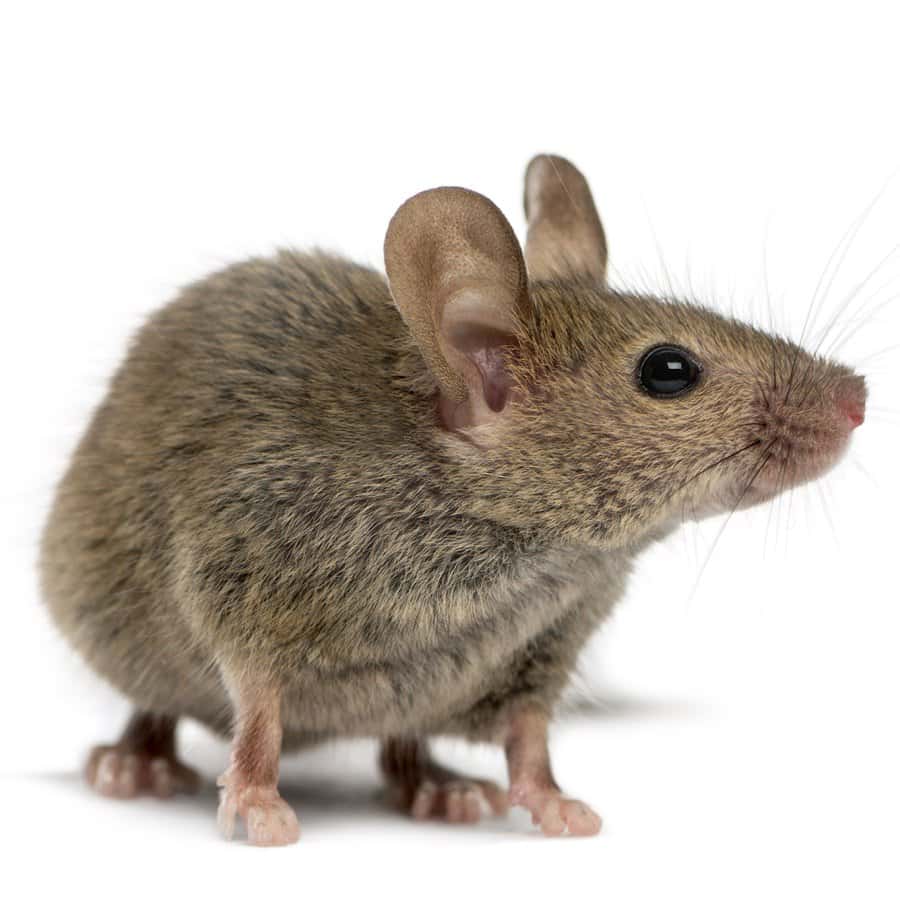
Nobody wants to share their home with pests. As a result, people develop all kinds of ingenious methods to discourage mice. None are foolproof, however. It is worthwhile considering whether a do-it-yourself mouse repellent you are considering might do more harm than good.
Mothballs as a Do-It-Yourself Mouse Repellent:
Q. I just found out that my landlord put a whole box of mothballs under my house because my mother told him she saw a mouse. Are mothballs toxic to animals? I have two dogs and a bird. Also, are they toxic to us?
A. People have come up with all sorts of strategies to try to keep mice away: mothballs, peppermint oil or fabric softener sheets. There is little scientific evidence to suggest that any of these DIY techniques actually work.
Mothball Toxicity:
The pesticide in most mothballs is para-dichlorobenzene (PDCB). Older products contained naphthalene. Both compounds can be toxic to pets and people.
One reader reported:
I have a problem with mice and I’ve been using mothballs to get rid of them. I may have used too much because I have symptoms like headaches, nausea and eye irritation.”
Getting Rid of Mice:
A far safer way to try to get rid of mice is to have your landlord seal the places where mice are getting in.
One reader reported success with this tactic:
I totally solved a mice infestation in our fourth floor condo by stuffing (extra fine) “0000” steel wool in any little space that a mouse might try.”
Mousetraps can be useful, but be sure not to leave them where the dogs can get to them. If you don’t want to kill the mice, there are live traps.

